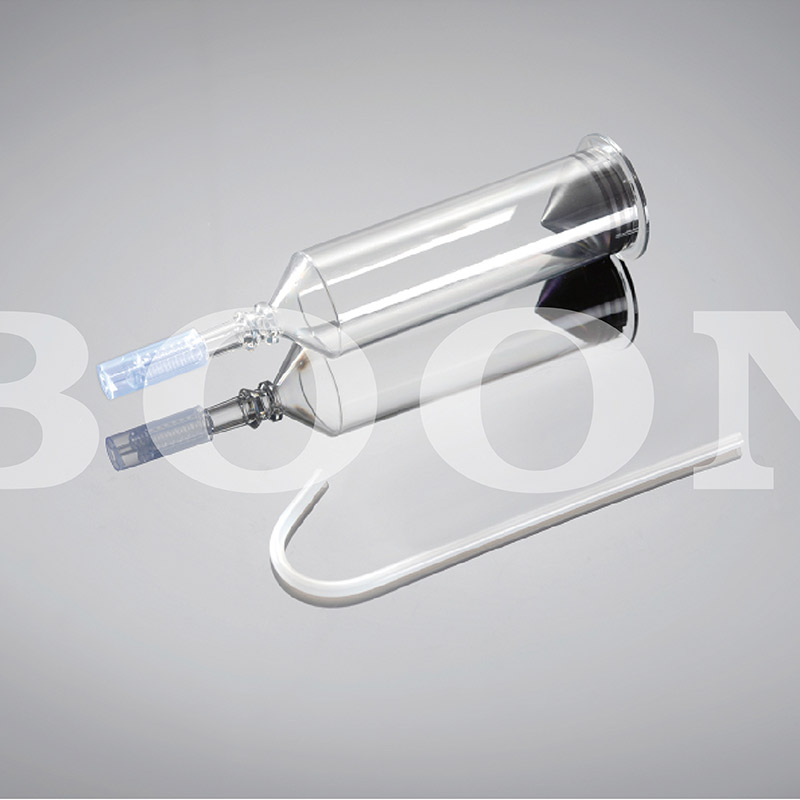The circular economy is a system where materials never become waste and nature is regenerated. In a circular economy, products and materials are kept in circulation through processes like maintenance, reuse, refurbishment, remanufacture, recycling, and composting. The circular economy tackles climate change and other global challenges, like biodiversity loss, waste, and pollution, by decoupling economic activity from the consumption of finite resources.
Circulate products and materials (at their highest value) Syringe Body

Underpinned by a transition to renewable energy renewable energy Energy derived from resources that are not depleted on timescales relevant to the economy, i.e. not geological timescales. and materials, the circular economy circular economy A systems solution framework that tackles global challenges like climate change, biodiversity loss, waste, and pollution. It is based on three principles, driven by design: eliminate waste and pollution, circulate products and materials (at their highest value), and regenerate nature. is a resilient system that is good for business, people, and the environment.
In our current economy, we take materials from the Earth, make products from them, and eventually throw them away as waste – the process is linear. In a circular economy, by contrast, we stop waste being produced in the first place.
We must transform every element of our take-make-waste system: how we manage resources, how we make and use products, and what we do with the materials afterwards. Only then can we create a thriving circular economy that can benefit everyone within the limits of our planet.
What will it take to transform our throwaway economy into one where waste is eliminated, resources are circulated, and nature is regenerated?
The circular economy gives us the tools to tackle climate change and biodiversity loss together, while addressing important social needs.
It gives us the power to grow prosperity, jobs, and resilience while cutting greenhouse gas emissions, waste, and pollution.
Get the basics or explore the circular economy in detail.
The 'butterfly diagram' shows the continuous flow of materials in a circular economy.
Watch our beginner's guide to understanding how a circular economy works.
Get up to speed with the fundamentals of the circular economy with these content pills or dive deep...
A circular economy is based on three principles, all driven by design.
The first principle of the circular economy is to eliminate waste and pollution....
The second principle of the circular economy is to circulate products and materials at their...
By shifting our economy from linear to circular, we shift the focus from extraction to...
See the circular economy in action with these case studies from brands, businesses and policy makers.
Working with nature to make food last longer
Apeel is a company that has come up with an innovative way to eliminate single-use shrink wrap plastic packaging on fresh fruit and veg, while at the same time tackling food waste.
Apeel is a layer of edible, plant-based coating applied to fresh products that mimics and enhances the natural defences of fruit and vegetables. This slows down the two main things that cause spoilage – water loss and oxidation.
Our curated collection of case studies presents circular economy success stories from around the...
Stay up to date with our latest conversations exploring the transition towards a circular economy
Ellen MacArthur discusses a range of topics in a conversation about the circular economy.
Delve into the concepts of the circular economy to understand its origin, design, and importance...
If you want to deepen your knowledge of the circular economy, learn how to stay ahead of the game...
An Introduction to the Ellen MacArthur Foundation
Our team discuss what the circular economy means to them.
In this live conversation, members of the Ellen MacArthur Foundation team will discuss and debate...
With the price of resources and energy becoming increasingly volatile, can today's linear economy...
Watch our beginner's guide to understanding how a circular economy works.
This topic area examines how the circular economy can help shape a nature-positive future.
In a circular economy our built environment can be a force for good
This topic area looks at the role cities play in the transition to a circular economy.
Design is a force for change. From innovative products or disruptive business models to entire...
This topic area looks at how fixing the economy can help fix climate change.
This topic area explores how the circular economy works for the fashion industry.
This topic area looks at the role of the financial sector in the shift to a circular economy.
This topic area shows how moving to a circular economy for food will help people and nature thrive.
This topic area shows how the circular economy can help keep plastic in the economy and out of the...
The circular economy provides a framework which allows governments and cities to realise many of...
We support circular economy learning across a growing global community of schools, colleges and...
A circular economy transformation will empower us with the tools to tackle global challenges, and...
The Ellen MacArthur Foundation works to accelerate the transition to a circular economy. We develop and promote the idea of a circular economy, and work with business, academia, policymakers, and institutions to mobilise systems solutions at scale, globally.
Ellen MacArthur Foundation ANBI RSIN number: 8257 45 925

Sharps Kit The work of the Ellen MacArthur Foundation is supported by our Strategic Partners and Partners.